OUr History
Bishop Edward Hoban founded St. Mary Magdalene Parish on January 27, 1949, and appointed Fr. Harold Laubacher as its first pastor. The buildings on campus have been modified several times to accommodate the burgeoning growth of the 1950’s and the evolution of our diocese and community over the years. Parish leaders have created and sustained a variety of spiritual, formational, social, educational, and charitable endeavors to serve our faith community. We worship with full, active, conscious participation, and embrace the call to glorify God with our lives.
Though faces and facilities change, St. Mary Magdalene has remained a vibrant community, committed to our common faith and inspired by the Spirit, who calls each of us to use our gifts to change peoples’ lives for the better.
As we celebrate our 75th Anniversary, we thank God for the blessings he has showered abundantly on this community, and we look forward to the next step of our faith journey together.
Click here to view our 75th Anniversary Movie Presentation.

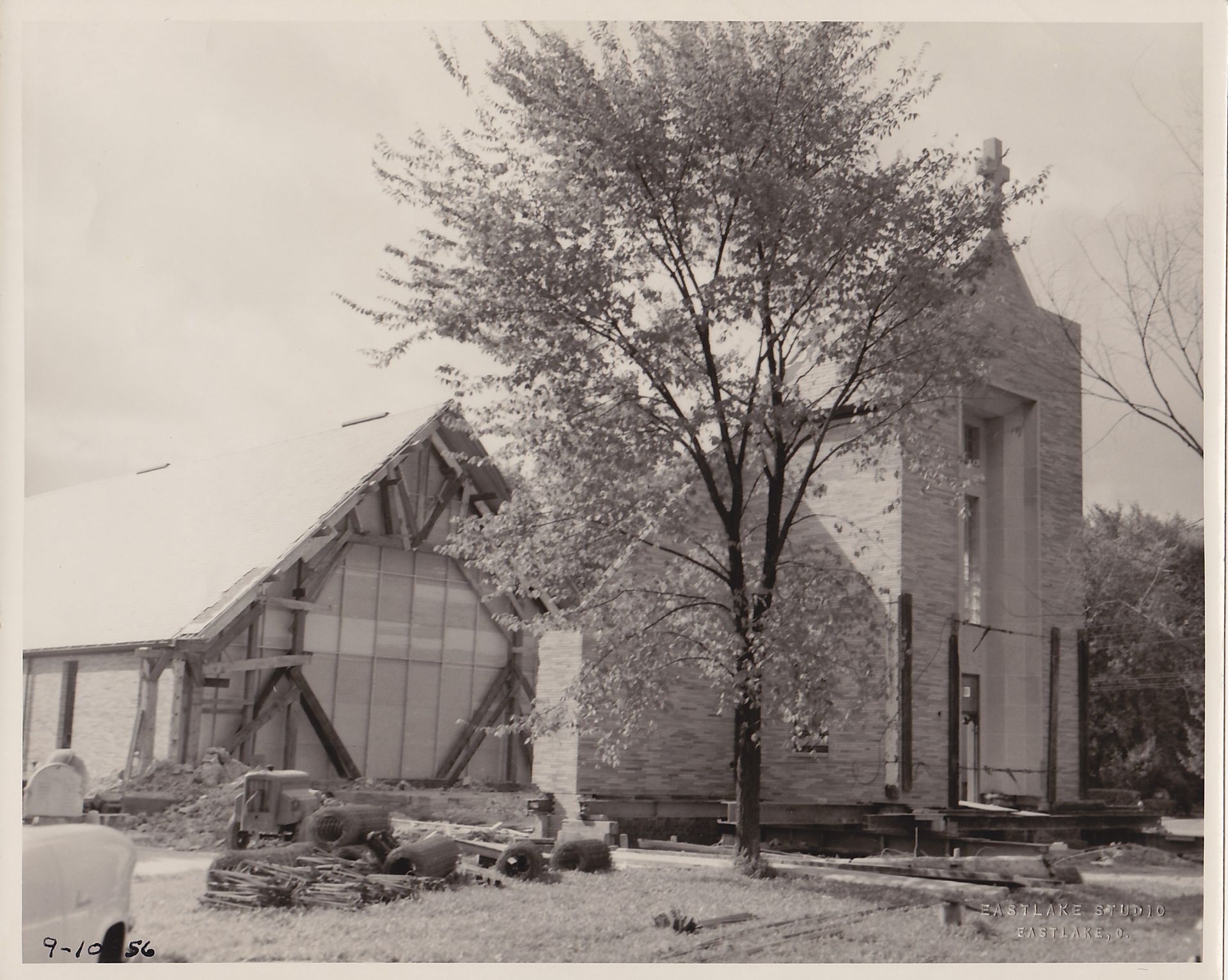
Slide title
Write your caption hereButton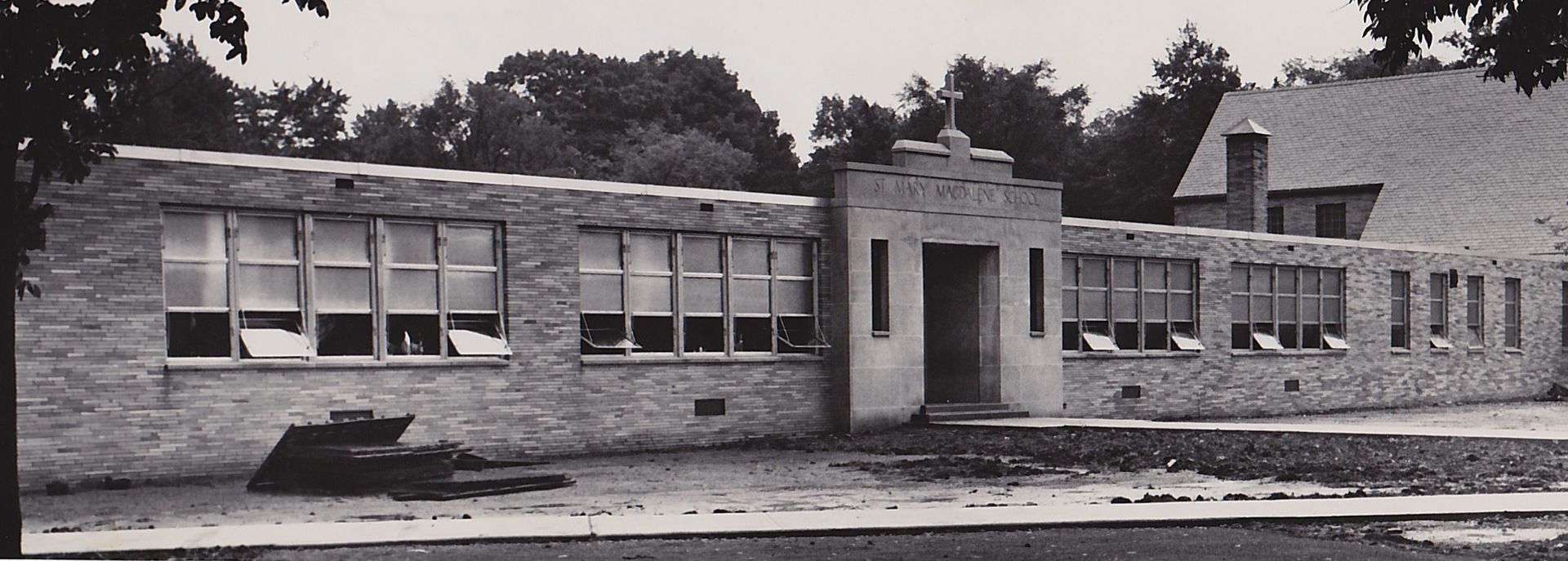
Slide title
Write your caption hereButton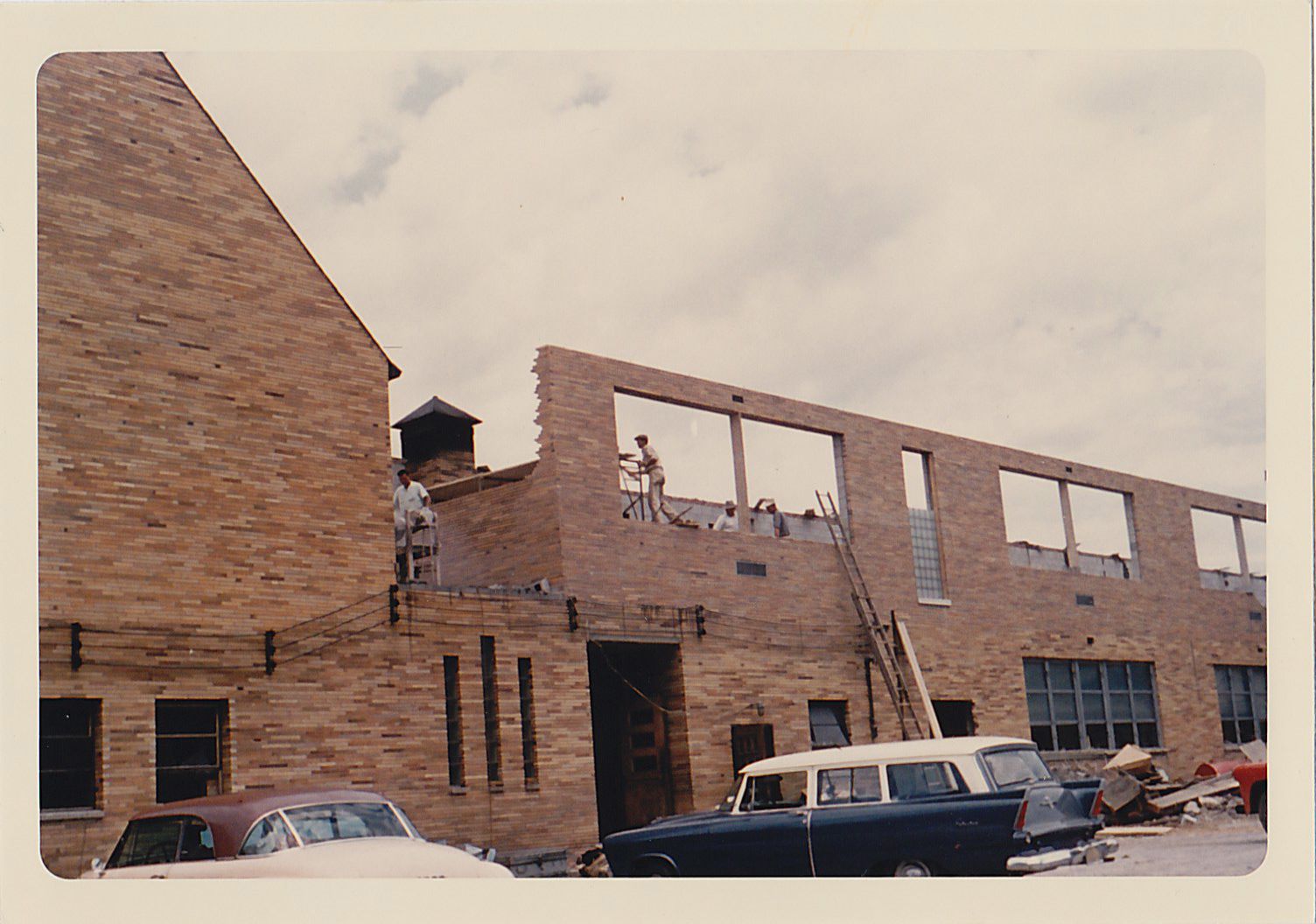
Slide title
Write your caption hereButton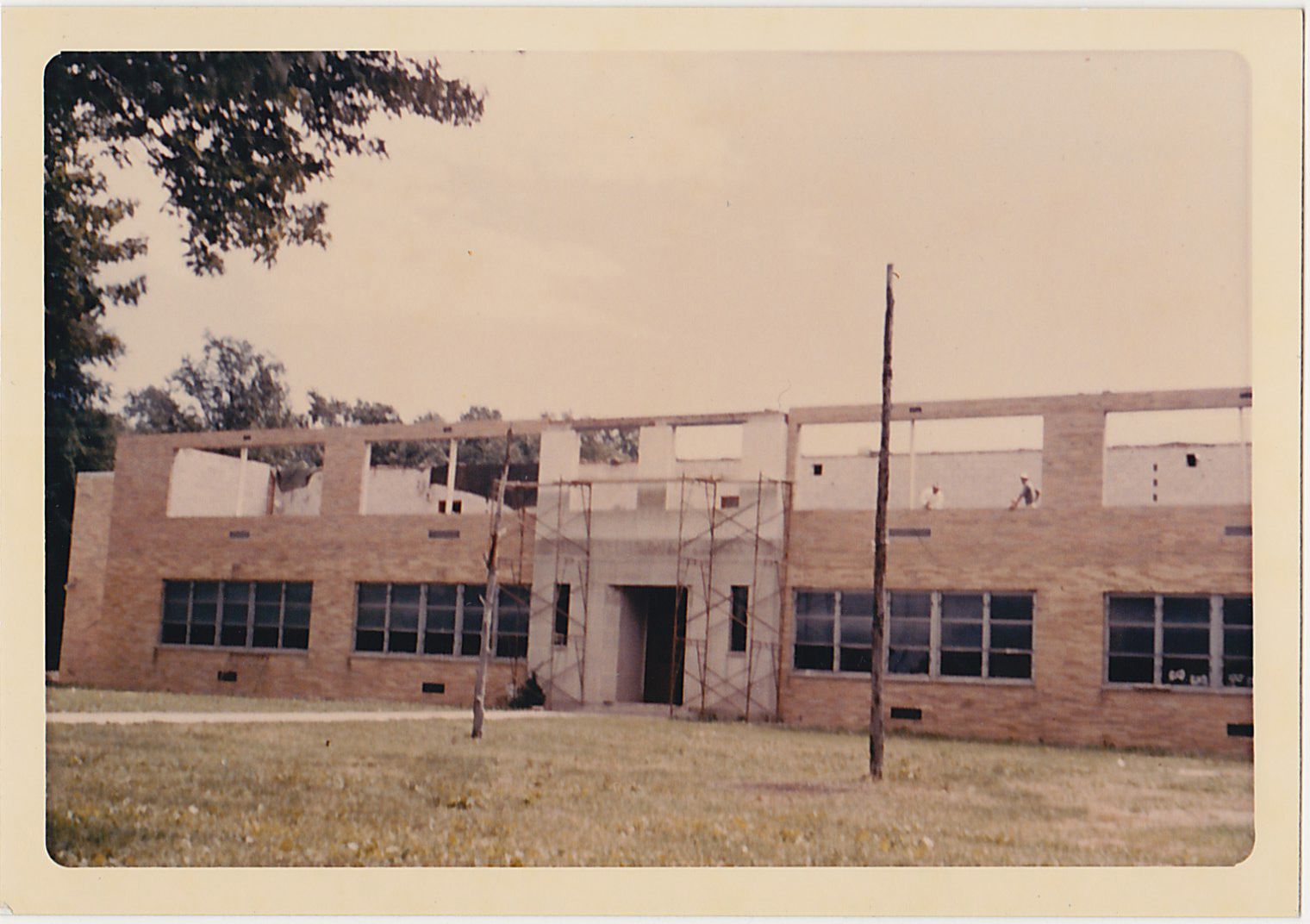
Slide title
Write your caption hereButton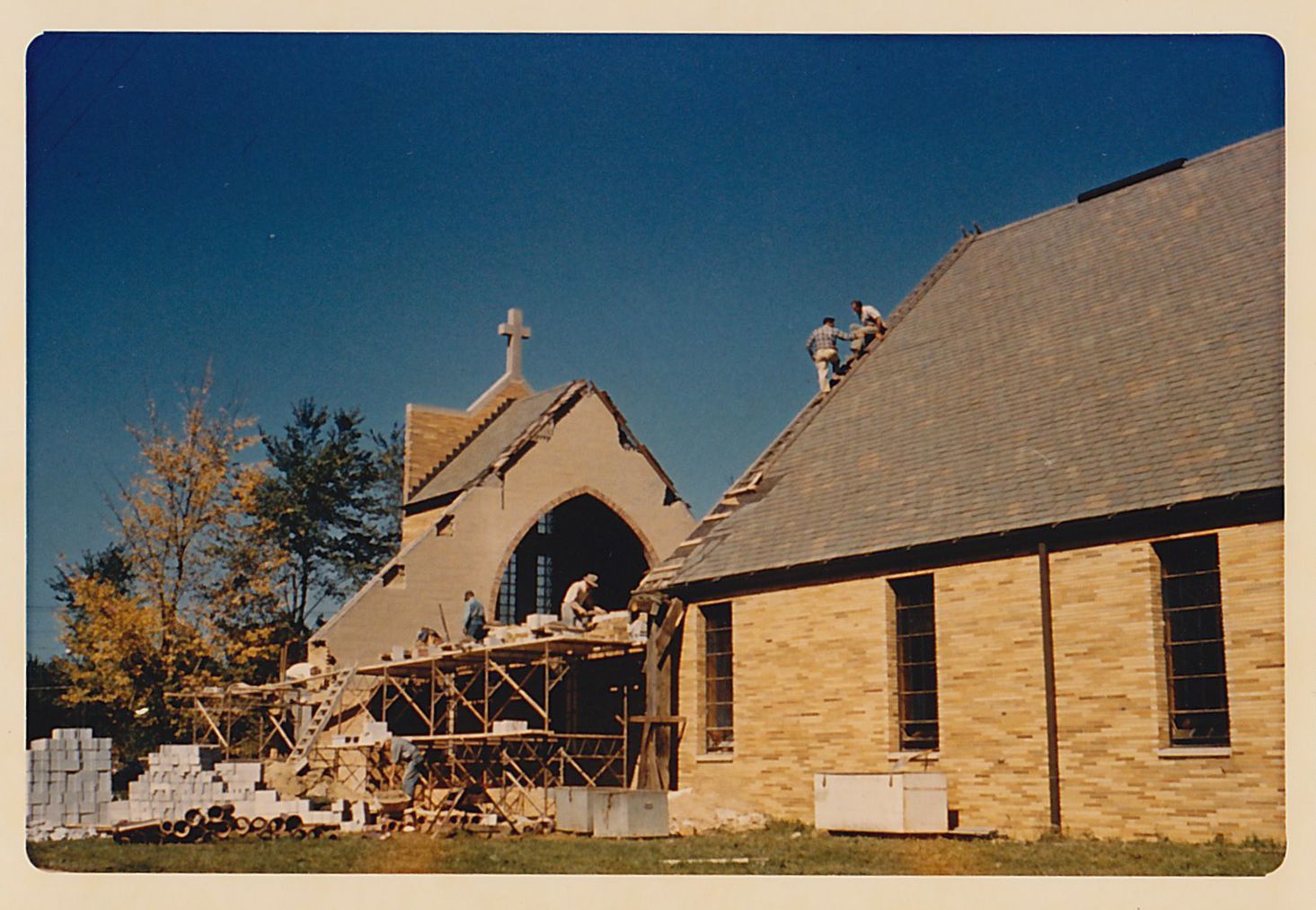
Slide title
Write your caption hereButton
Slide title
Write your caption hereButton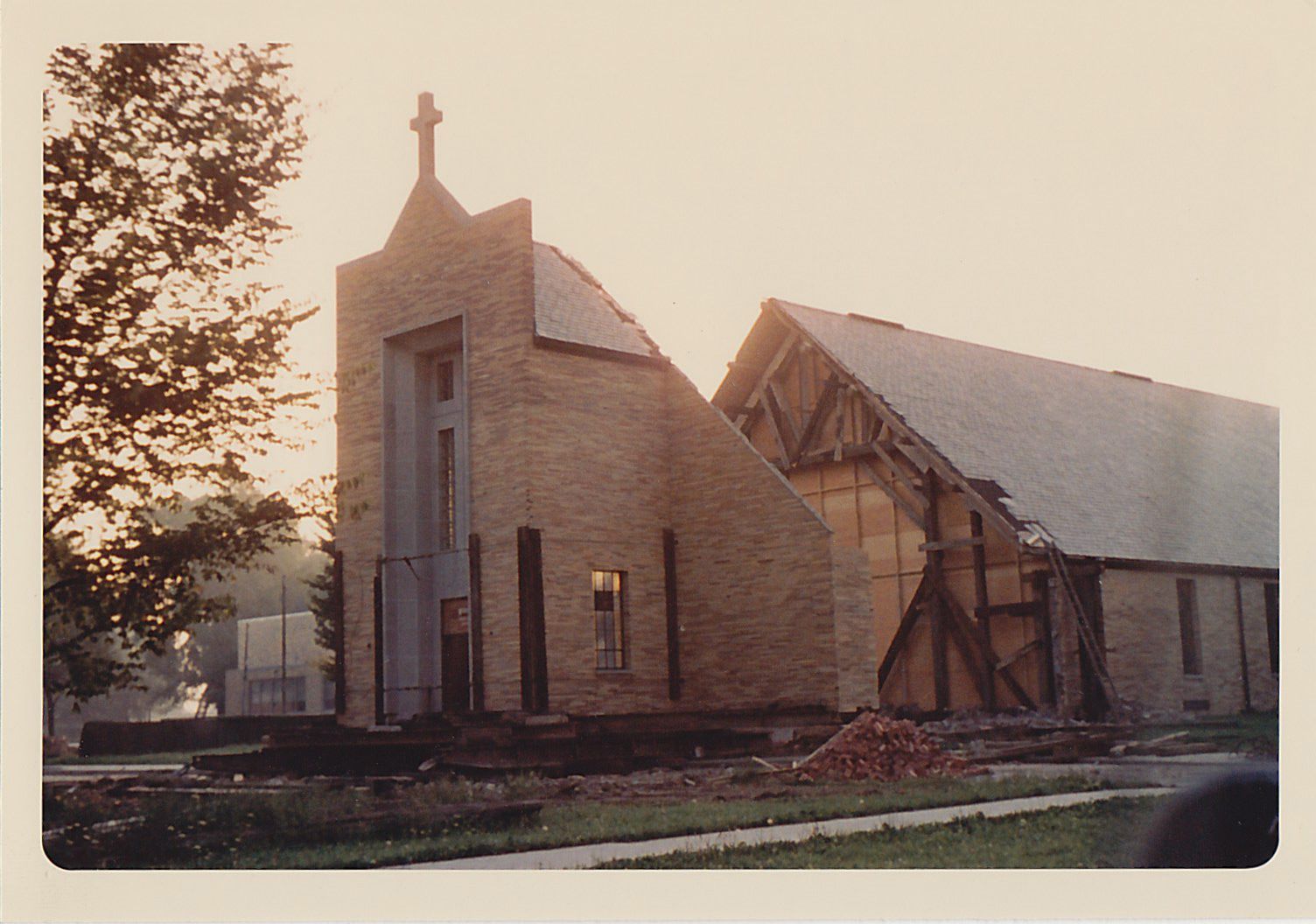
Slide title
Write your caption hereButton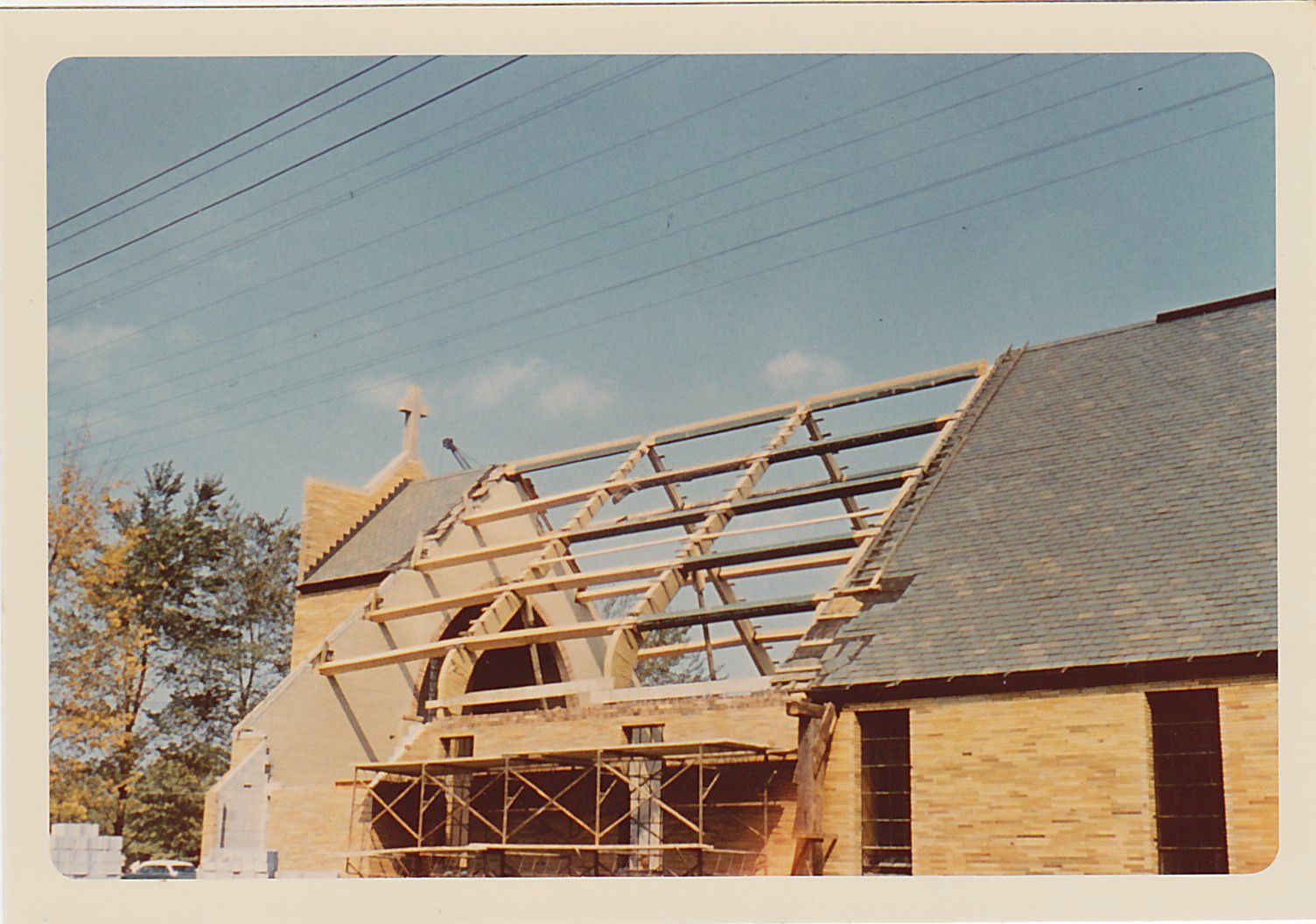
Slide title
Write your caption hereButton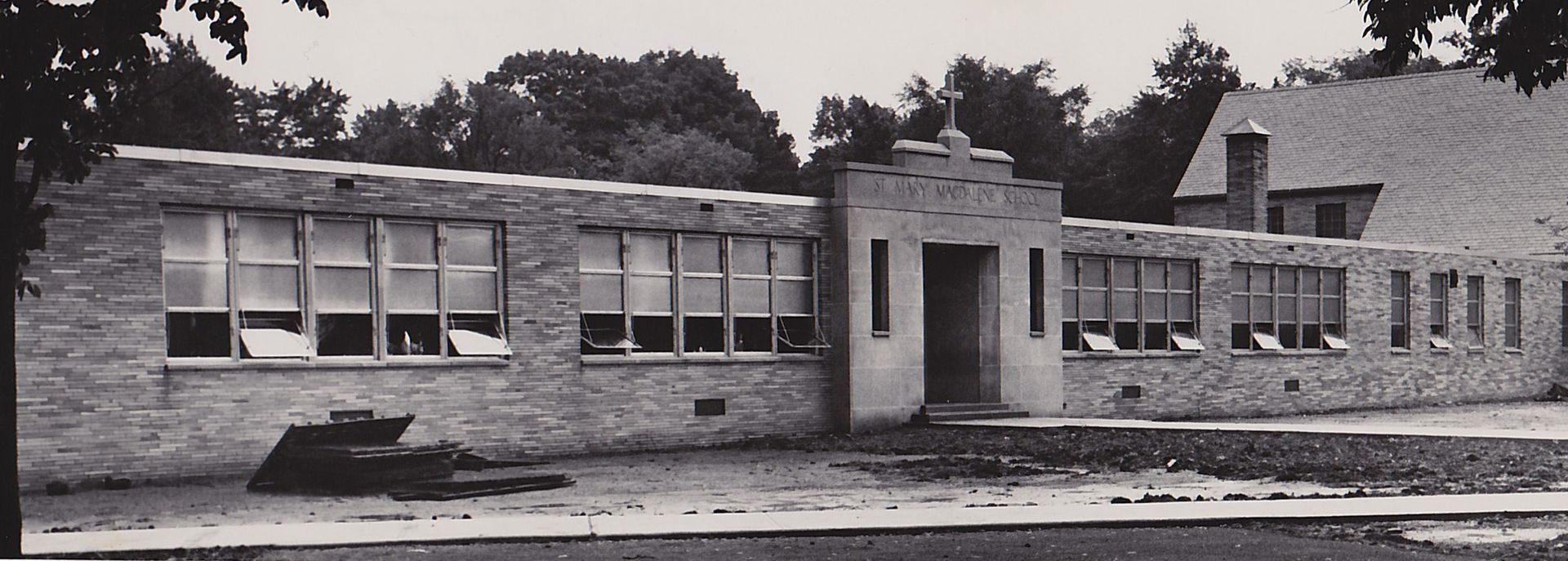
Slide title
Write your caption hereButton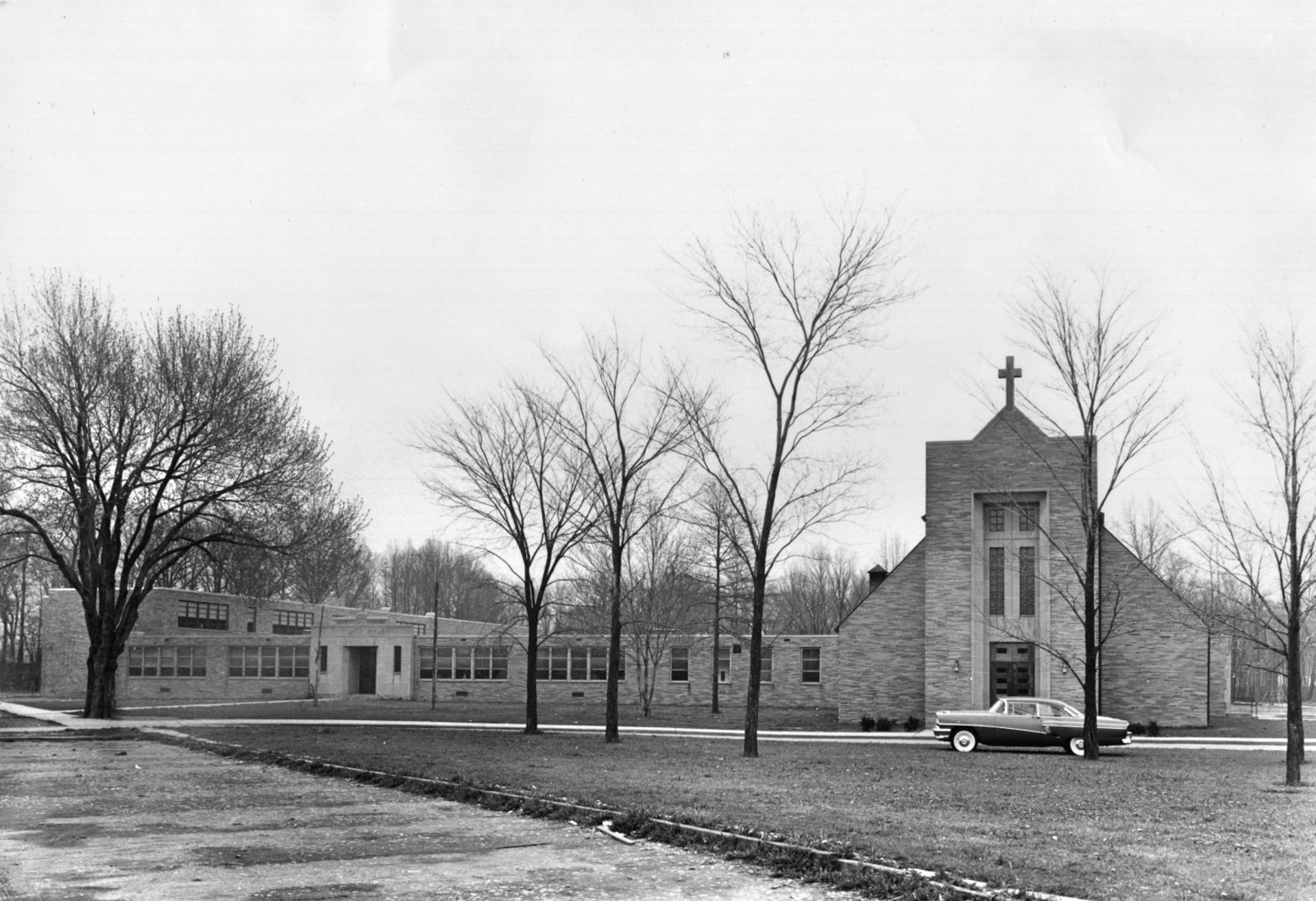
Slide title
Write your caption hereButton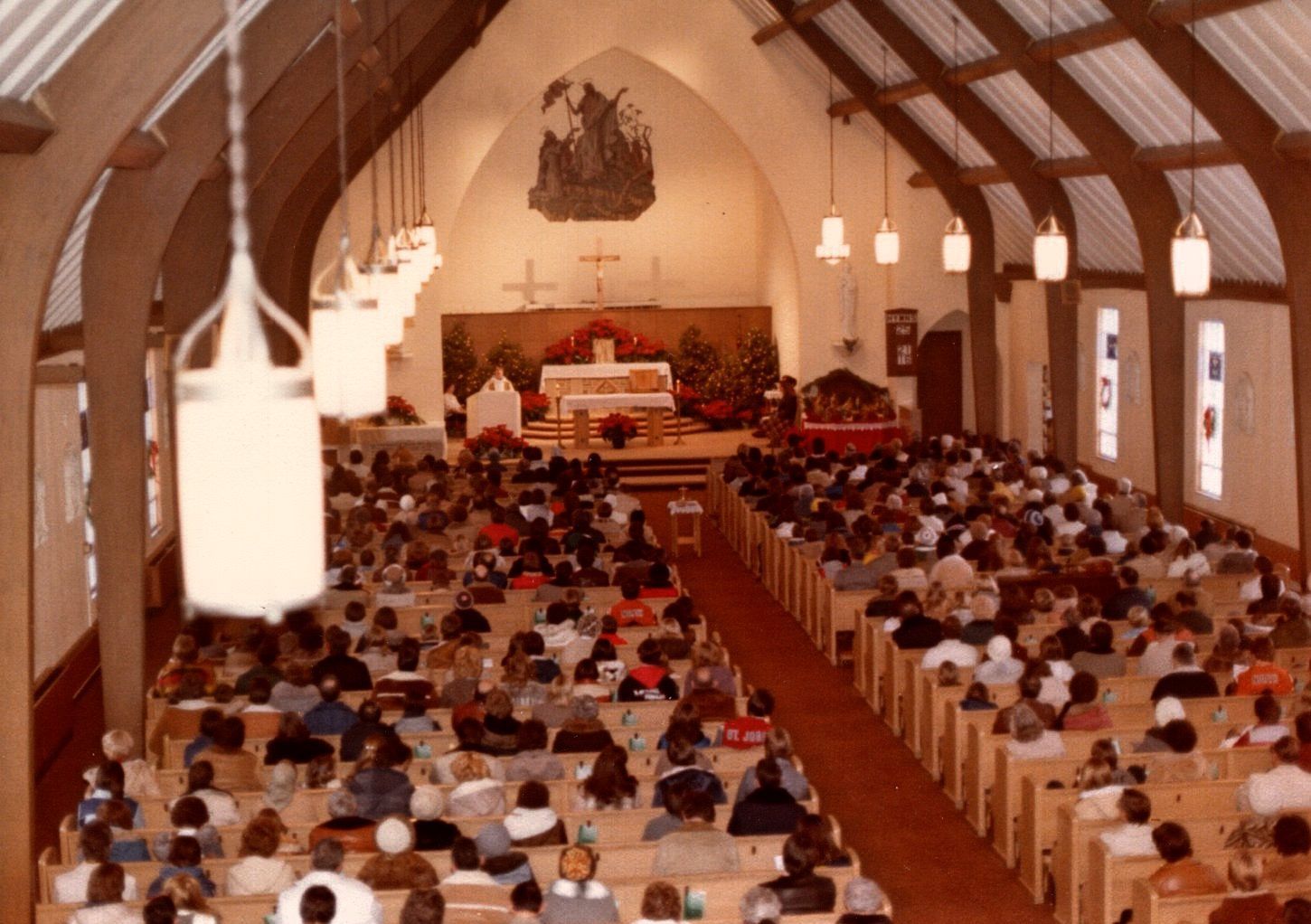
Slide title
Write your caption hereButton
Useful Links
St. Mary Magdalene Catholic Community
32114 Vine Street
Willowick, OH 44095
440.943.2133

